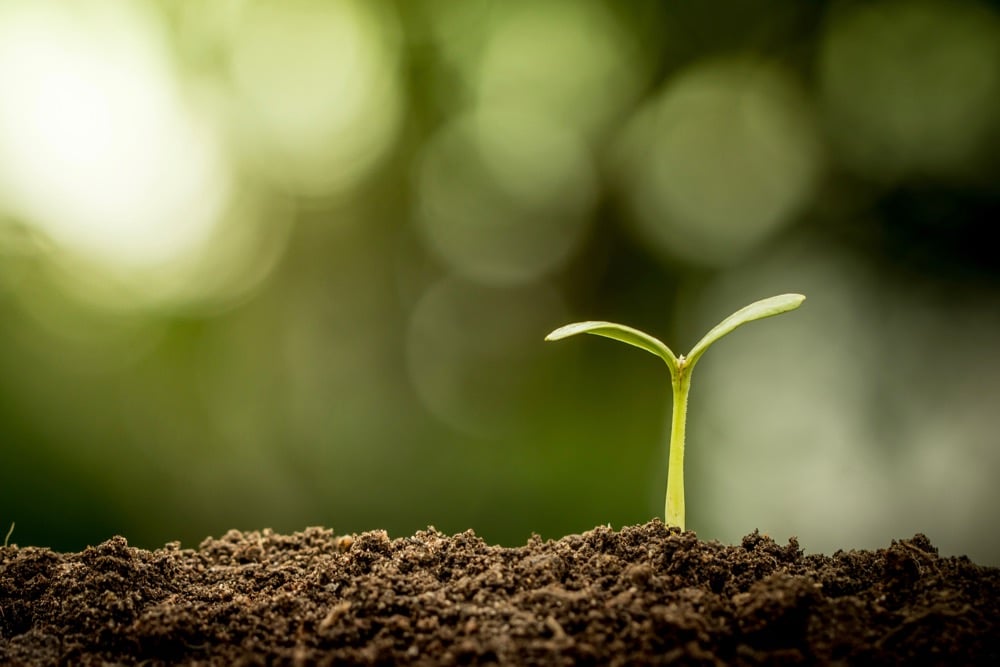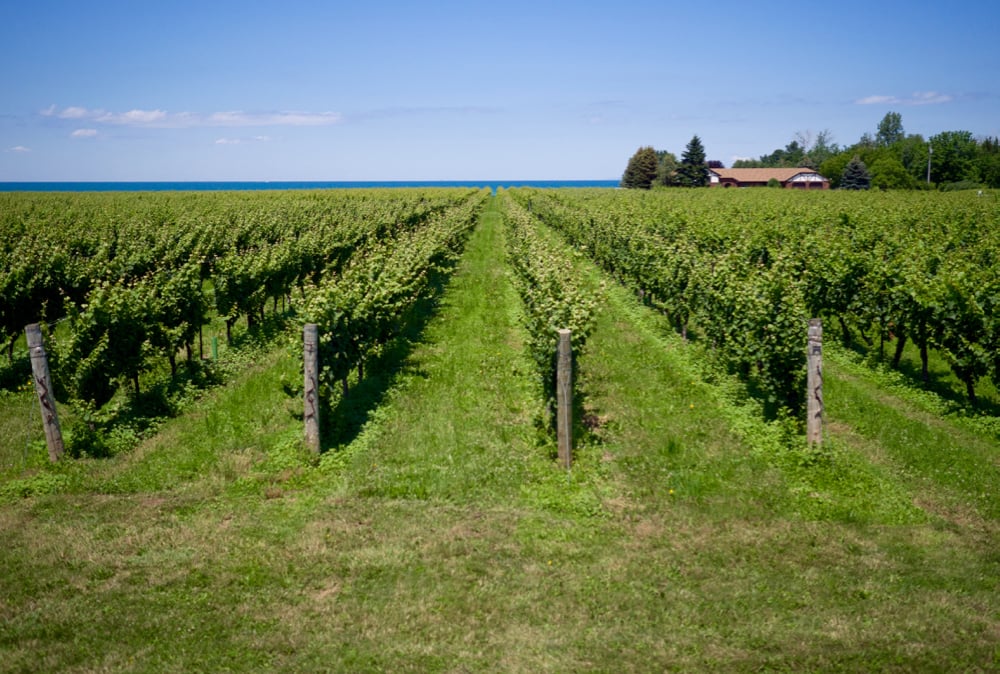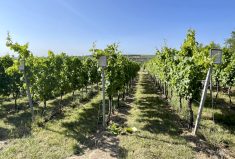A hot, dry growing season that is producing higher -quality grapes isn’t completely good news for Ontario producers and winemakers.
Those same conditions are also producing lower yields, and the market demand for wines made from premium quality grapes is declining as consumers quench their pandemic thirst by buying cheaper blended wines.
Why it matters: Consumer buying tastes have changed during the pandemic but will those changes be here to stay?
Debbie Zimmerman, chief executive officer for Grape Growers of Ontario, says many higher quality grapes remain unsold as the market for cheaper, blended wines has outpaced demand for VQA varietals.
Read Also

Ontario’s agri-food sector sets sights on future with Agri-Food 2050 initiative
The first-ever Agri Food 2050, a one-day industry event dedicated to envisioning the future of food and farming in Ontario,…
These blended wines are often comprised of 75 per cent imported product, and 25 per cent Ontario product, the latter being a minimum standard described in the province’s Wine Content and Labelling Act.
“That minimum 25 per cent can be the cheapest grapes they buy from us,” says Zimmerman. “It shouldn’t happen that we have to drop grapes on the ground and import to get a leg-up in our market.”
Zimmerman said although many wineries have seen good sales through the LCBO and online, the pandemic-induced lack of foot traffic at wineries has contributed to greater demand for cheaper products, and a corresponding drop for top Ontario varieties.
“Wineries were shuttered for months,” she says. “You want people to get a taste of your product before you buy…It’s important to understand where the wine comes from.”

This year’s crop suffered varying impacts during the season’s heat and drought with some varieties faring better than others.
“It really depends where you are and where the thunderstorms went through. We are definitely running dry,” says Scott Wilkins, grape grower and owner of Dancing Swallows winery in Amherstburg.
In late August for example, Wilkins says his vineyard and soybean acres received a fraction of the moisture seen in surrounding areas. This and similar events, combined with multi-week stretches of temperatures around 35C, led him to anticipate depressed yields.
It also raises quality concerns for some grape varieties, including those used to produce some aromatic white wines. Other varieties, such as red cabernet grapes, handle hot and dry conditions better.
“They are very ripe and lots of skin for extraction… but the crop will be smaller,” Wilkins says, though he adds it is still too early to be certain.
“A great harvest depends on the weather in September and October.”
Having opened his winery in June of this year, Wilkins says the pandemic has ensured him an interesting first few months. Once the region was allowed to open under Stage Three, however, support for local wineries, and local business in general, has been encouraging.
While conditions in the Niagara region reflect those seen in Essex County and elsewhere, access to irrigation has provided some grape growers east of Niagara’s Welland Canal with respite from the summer’s heat.
“If there’s one criticism this year it’s for a little more rain, but it’s a fine balance,” says Matthias Oppenlaender, a producer from the region.
Overall, he is not concerned about this year’s comparatively light crop. Hot and dry conditions, while not great for yield, do produce very high-quality grapes in key varietals. Vines also produce in cycles, he says, so a lighter crop this year is predictable given comparably weighty harvests in 2019.
“One more rain maybe would be good. We want warm and dry, and cool nights,” says Oppenlaender.
“It looks like we’re going to stay dry, so I’m excited about that.”
Kathryn Carter, fruit crop specialist with the Ontario Ministry of Agriculture, Food and Rural Affairs said many wine grape varieties are at or just past veraison, when they begin to change colour.
Other pressures, such as labour issues and yield reductions due to hail, disease, and birds, have been a challenge through the growing season.
Like Zimmerman, Carter also says reduced markets have been a challenge. Still, she reiterates 2020 will bring a good crop.
“Currently, it looks like the harvest will be slightly earlier than usual. We are seeing similarities with respect to the crop status in most of the grape growing regions.”















